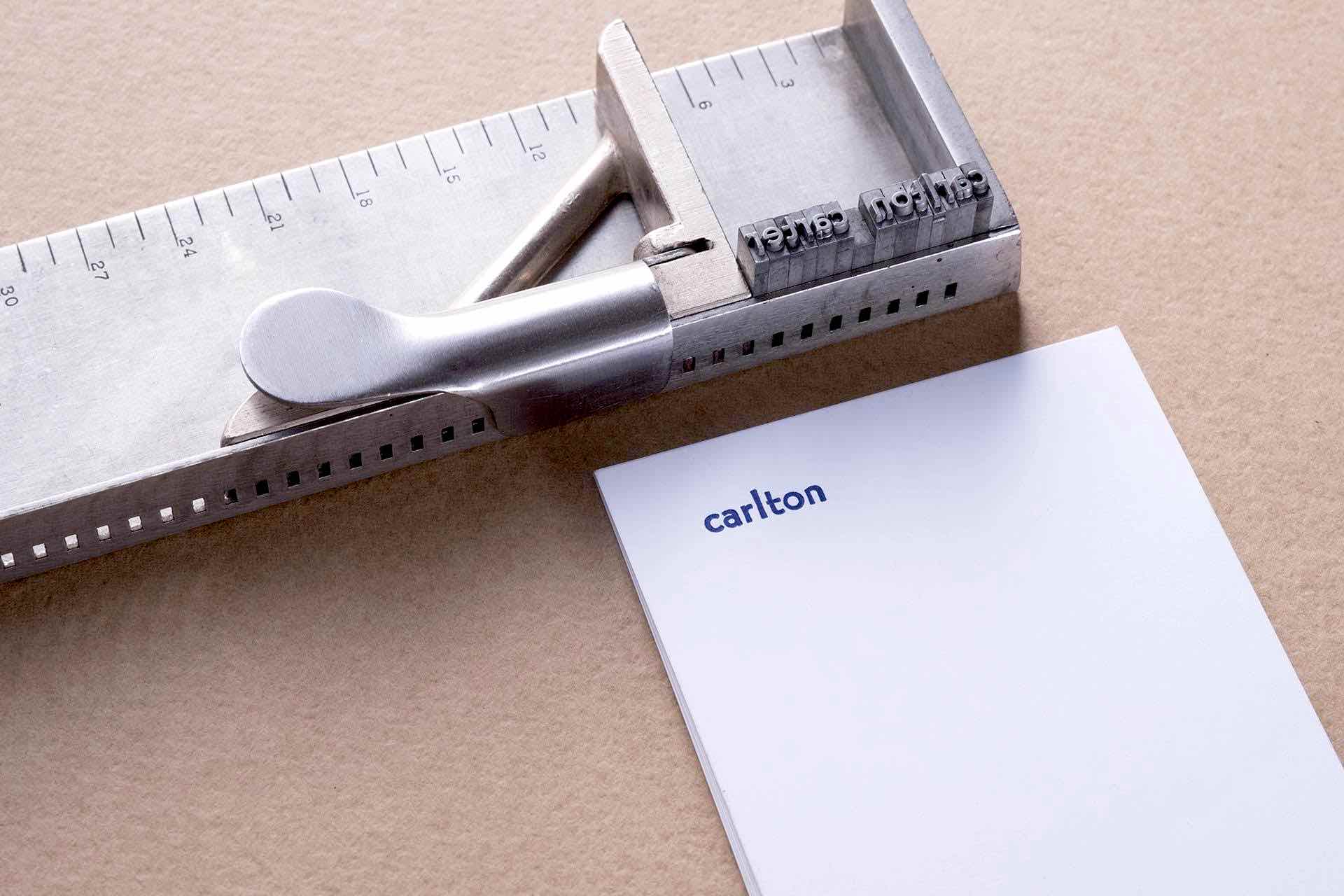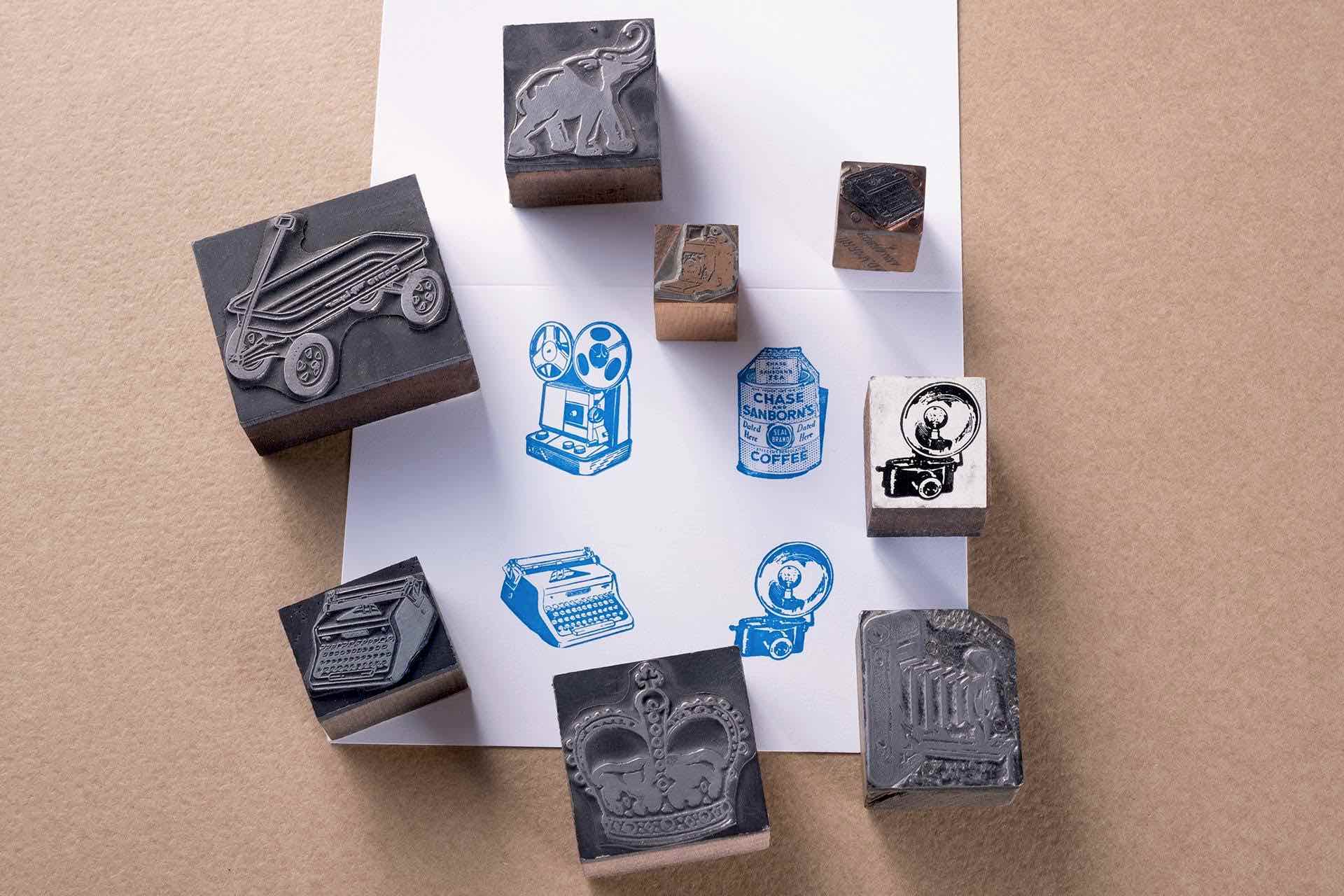Letterpress is an art form that gives a nostalgic or “retro” look and feel to a printed piece.
Letterpress is created by pressing inked metal type or an etched printing plate into the paper. Since Johannes Gutenberg invented moveable type in 1439, letterpress was the dominant commercial printing method until the mid 1960's.
Originally a quality letterpress job was judged by how little the impression was visible in the paper. Today letterpress is chosen to display the old-style craftsmanship involved in traditional printing and now the expectation is for a look and feel that clearly differentiates the depth that can be achieved only from the letterpress printing process.
Letterpress was originally produced with hand set metal type, wood type, or machine cast lead type. Today most letterpress is produced using etched printing plates. Designs are created on computers using all the latest design programs. The finished design is then output to a film negative to create etched printing plates from copper, polymer, and magnesium. With the advent of modern technology, letterpress has seen a resurgence and its possibilities are limited only by a designer and master printer’s imagination.
All letterpress printing presses are one-color, but multiple colors may be produced using multiple printing plates and multiple press passes.
The impression used in letterpress printing will create a slight debossed effect visible on the backside of the paper.
Because of the impression that will be visible on the back of the paper, choosing a heavy weight but soft sheet will produce the best results. Crane & Co. produces the Lettra line of paper developed expressly for letterpress.


